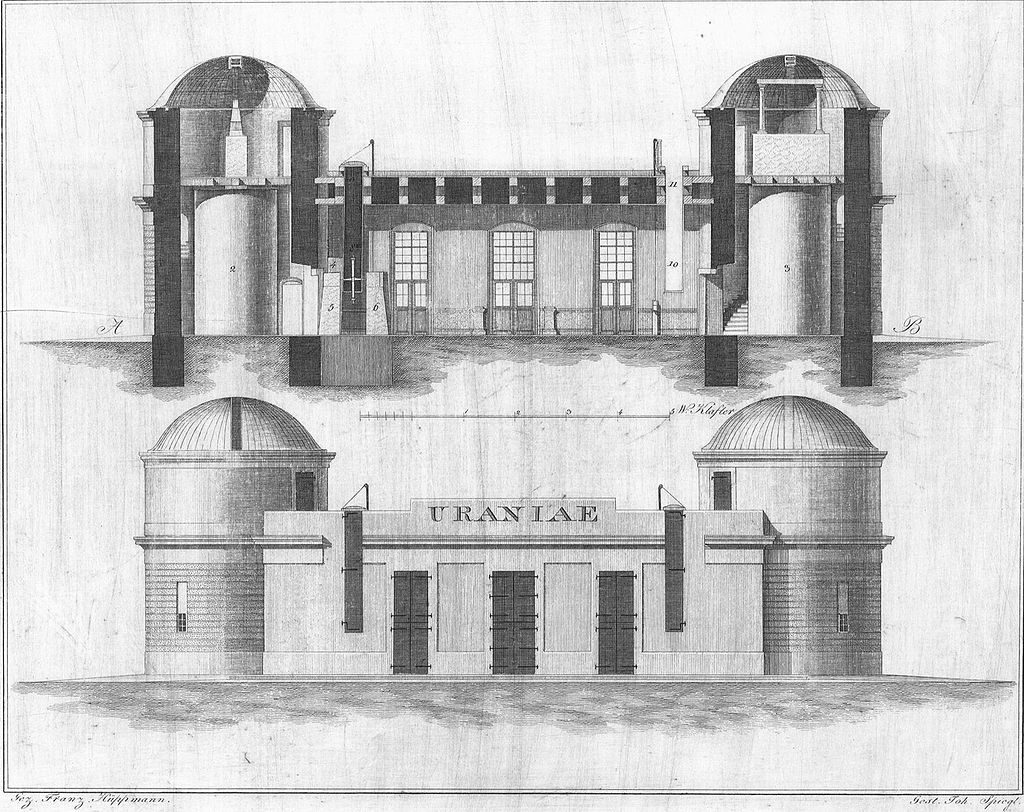Secrets of the 100-year-old Gellért Hotel – what’s underneath it?

Gellért Hill, together with the Liberty Statue and the Citadella on top, is a sight not to be missed by tourists visiting Hungary. The Hotel Gellért has an imposing presence at the bottom of the hill, and even though locals might think there is nothing new we can say about that area, let me assure you that this article contains some pretty unique and interesting information, so it is a perfect read for tourists and locals alike.
The history of the area
Today, it is hard to imagine that the hill was once covered by a vineyard. However, the street names and the fact that there is a statue of Saint Vincent, patron of winemakers, behind Gellért Baths, are all proof of this – reports Origo. Perhaps this is one of the reasons why, from the 17th century on, the hill was considered to be the meeting point of witches. There are references to the witches of Gellért Hill in both court cases and poems of the time.
The Citadella has become an important symbol of the Buda Hills. Well, how many of you knew that there used to be an observatory in its place?
It was officially opened in 1815, with the Austrian emperor, the Russian tsar and the Prussian king all present for the ceremony.

Photo: wikipedia.org
The building was the scene of important research, but it was significant in determining the correct time, too, as all the clocks of the town, all clock towers and pocket watches, were based on the observatory’s bell. The observatory operated until 1849; however, it was severely damaged during the uprising. A few years later, they built the Citadella in its place.
Hungary is famous for the many hot springs and the thermal water supplies of the country. The area around the present Hotel Gellért has been especially significant throughout history.
There are sources saying the waters were used for healing as early as in the 13th century, and during the Turkish occupation, the water and mud from the springs were used to treat at least eight different kinds of ailments.
The construction of the current building of the Gellért Baths started in 1911 but was finished only in 1918 due to the First World War. So, the building celebrated its 100th anniversary last year.
What is underneath it?
First of all, there is a tunnel running 1000 meters underneath the building. It was established between 1969 and 1978, in the hopes that they could get to the hidden streams of the Danube and thus supply additional water for the baths since they discovered in the ’60s that the original spring probably gets mixed into the river. The tunnel connects Gellért Baths to the Rudas and Rác baths. Over the years, there were attempts to make use of the tunnel.
There were plans to open a tropical plant collection here, with cafés and confectionaries set up by opening up the sides of the tunnel which would thus overlook the Danube.
Or, at one point in time, it was supposed to be an air-raid shelter.

The original spring supplying the thermal baths until the 20th century can be found about 20 metres below the Buda opening of the Liberty Bridge. It used to be above ground; however, when the bridge was built, the quay needed to be raised, causing the spring to end up underground. Today, the baths are supplied by two other springs whose water does not get mixed with the water of the Danube. The springs are 43-degrees hot and get cooled to 35-40 degrees before being delivered to the baths.
A glorious past
In the 20th century, especially in the ’20s, the Gellért Baths was an important scene of social life. Besides the famous Hungarian actors and writers visiting it, people came from abroad as well. European princes, Indian maharajas and world-renown artists were all guests of the famous bath in Budapest.

Photo: fortepan.hu/
In fact, some guests arrived by plane, as there used to be a seaplane station on the river right outside Gellért Baths. However, it was economically not successful, so it only operated until 1926. Today, only a memorial plaque on the side of the quay reminds us of this spectacular moment in history.
In 1896, for the Millennium, a sort of party district opened on the shore of the late Lake Lágymányosi; the biggest one in Europe, in fact.
It was advertised as Constantinople in Budapest, and it had a real Eastern atmosphere, with all sorts of bazaars, minarets and Turkish cafés built in the area.
Business went very well, until the mosquitos living by the lake chased all the guests away, and, by the end of the summer, the initiative failed, and the lake gradually got filled up.
Until March 3rd, you can visit an exhibition in the Hungarian Museum of Trade and Tourism, focusing on the 100-year-old Hotel Gellért, click here for details.
For more news, check out this article about the most beautiful castles of Hungary, and this one about the best forts in Hungary.
Source: origo.hu

